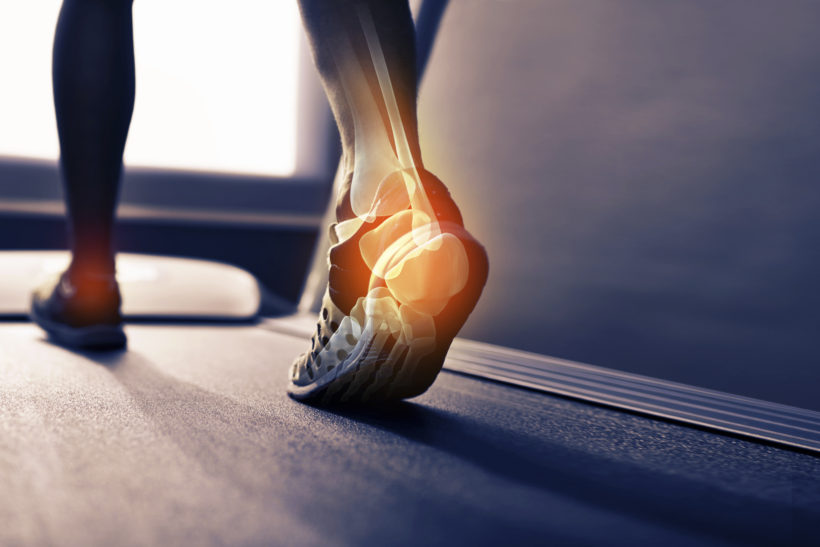One of the important things in preventing falls is the importance of posture and alignment. It all begins with your feet!
The feet provide a base of support for the body and having a good solid base goes a long way to helping us maintain a good alignment. There are three main points that you should be able to sense when you are standing. Imagine a triangle with the heel being the point and the big toe and little toe being the other two points.
When you stand, feel that you are balanced with all three points. Practice standing and coming up on the ball of the foot to help improve balance.
Next up the ladder is the ankle. The ankle should be flexible to help with walking.
Keep your ankles limber by slowly pointing and flexing the foot any time you are sitting. Pointing stretches the ligaments on the top of the foot and flexing stretches the Achilles tendon. This up and down motion is important for daily activities of living and helps prevent shuffling – a risk factor for falls.
Finally, add circle your feet clockwise and then counter clockwise when you are sitting to keep the entire ankle flexible in all directions.
With a solid foot and flexible ankle, the next point of focus is the knee. The knee should be strong and stable. Maintain good muscle strength in the legs to help support the knee joint. Try riding a stationary bike or walking up stairs and be sure to stretch the muscles of the legs before working out or playing sports. The knees will also benefit from wearing proper shoes and maintaining a healthy weight.
If you have knee pain, range of motion exercises and leg strengthening exercises can help. Check with a physical therapist or doctor to help you with these exercises.
Lastly, maintain flexibility in your hips to help with balance and motion. Check with your doctor or a physical therapist to help evaluate your hip flexibility.
Revised: 02/26/2019

